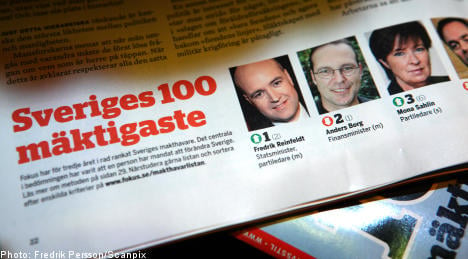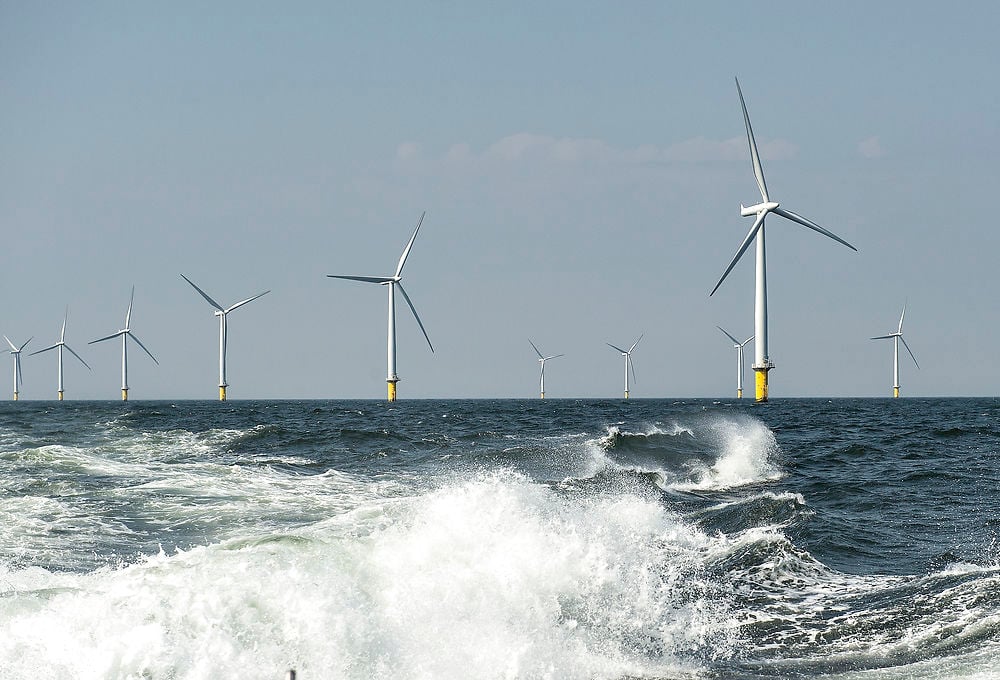Last year, Borg catapulted past his boss to take the number one spot in Fokus magazine’s annual ranking of Sweden’s most powerful people, with Reinfeldt coming in second.
But now the Swedish prime minister – and current de facto leader of the European Union – has reclaimed the top spot, pushing Borg back into second place.
Fokus ranks Sweden’s power brokers on a number of criteria, including media penetration, formal power, informal power, and extraordinary power.
There are 28 women among this year’s list of Sweden’s 100 most powerful. In the wake of the growing ties between Sweden’s centre-left political opposition, Social Democratic leader Mona Sahlin moved from sixth place to third place in this year’s rankings, while Green Party co-leader Maria Wetterstrand jumped to sixth place, up from 17th place last year.
And as the royal wedding of Crown Princess Victoria draws closer, the heir to the Swedish throne saw her ranking shoot up from 60th to 23rd place.
On the other hand, Victoria’s father, King Carl XVI Gustaf, settled for 70th place, which was still a marked improvement from last year when he failed to make the list altogether.
According to the Fokus ranking, the most power figure in Swedish business is Marcus Wallenberg of the famed industrial family, whose position as chairman of the board of SEB bank puts him in seventh place overall.
Figures from government and politics dominate the remainder of the top ten, with education minister and Liberal Party (Folkpartiet) leader Jan Björklund taking the fourth spot and energy minister and Centre Party leader Maud Olofsson coming in 9th place, while Moderate party secretary Per Schlingman sits in the fifth spot.
Eighth place in the ranking goes to the head of the Swedish Federation of Trade Unions (LO), Wanja Lundby-Wedin, while tenth place is held by businessman Gustaf Douglas, who also sits on the Moderate Party’s governing board.



 Please whitelist us to continue reading.
Please whitelist us to continue reading.
Member comments